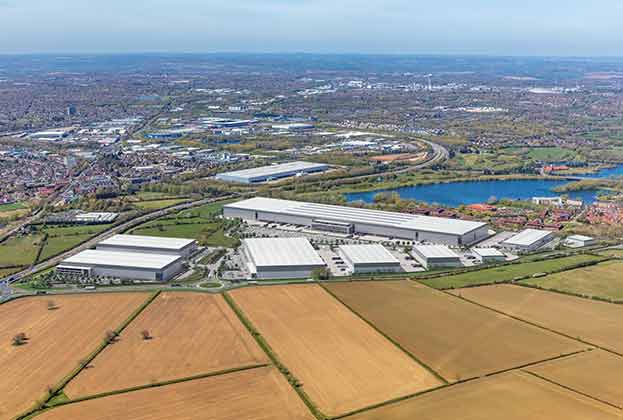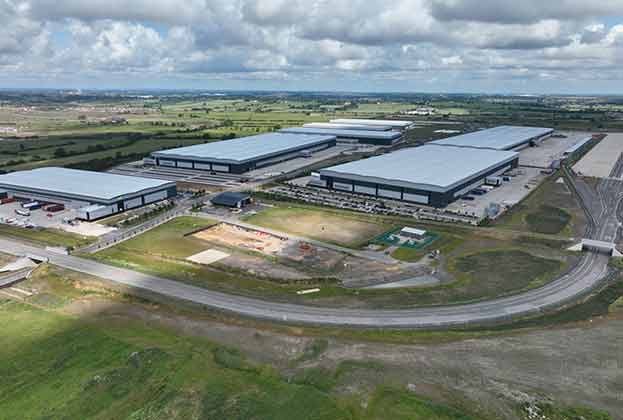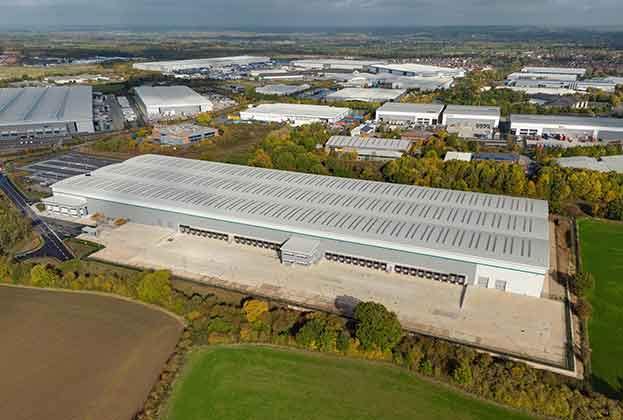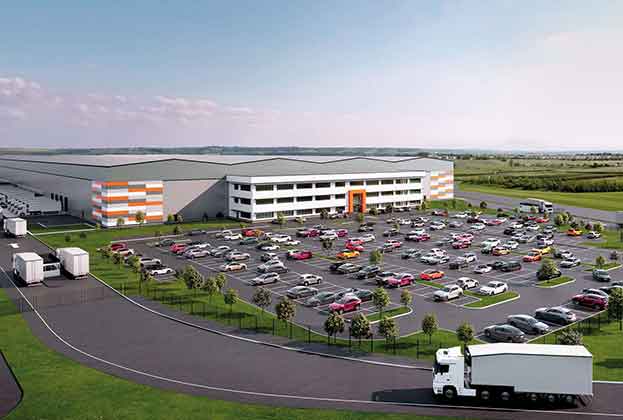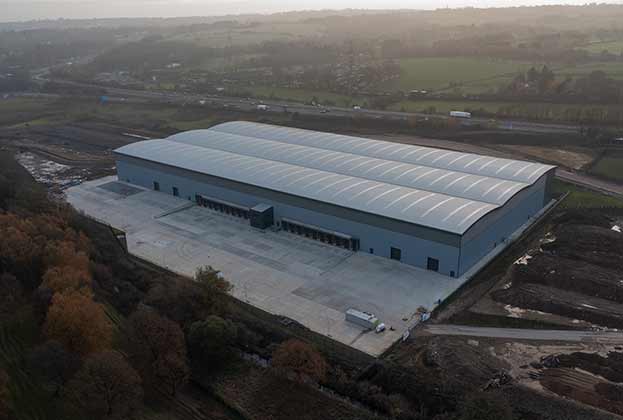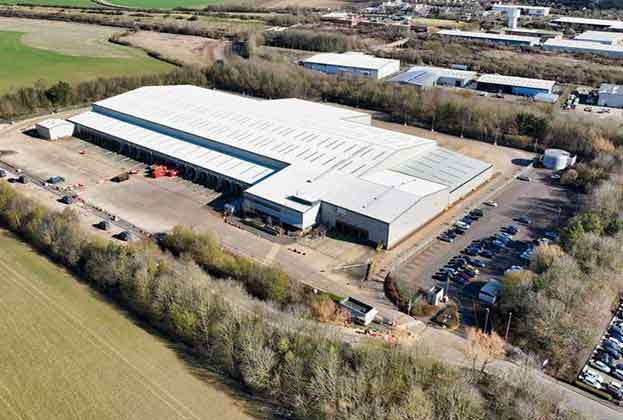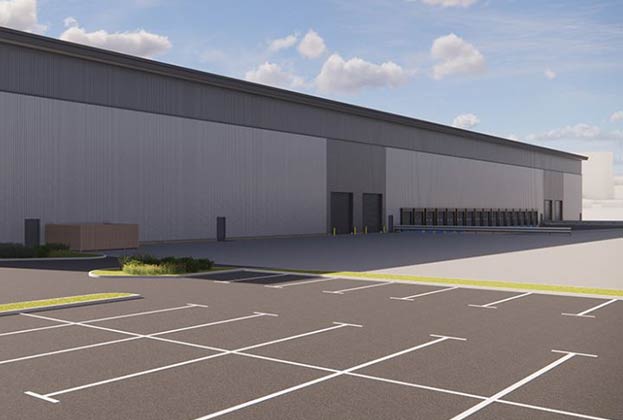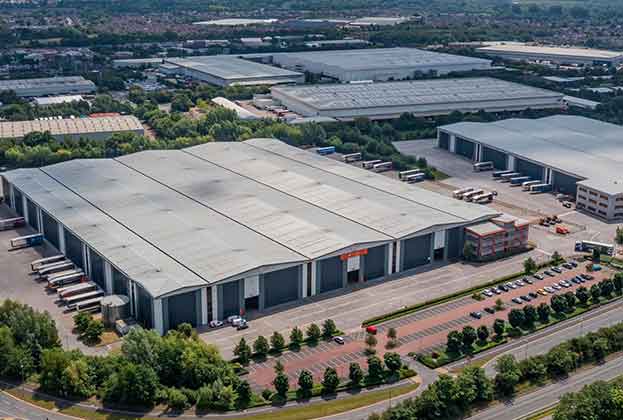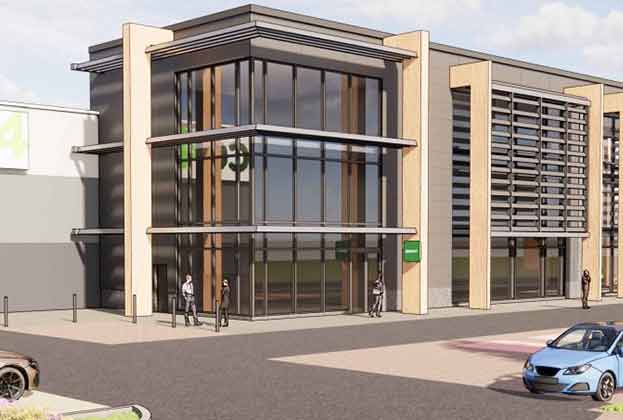Supply continues to rise, yet 38% is currently under offer
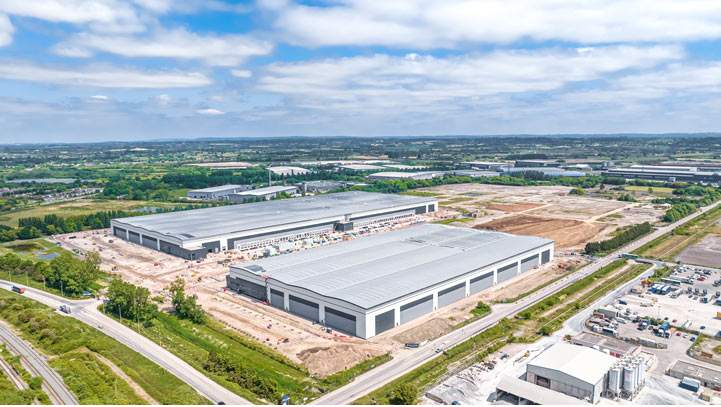
Panattoni Park Avonmouth, where Panattoni, advised by Savills, is delivering 1.3m sq ft speculatively
With a skilled workforce, strategic transportation networks, and government support, the region will continue to attract investment and drive innovation which will bring much-needed improvements to the quality of warehouse stock. We’ve noticed an unsurprising decline in activity in 2023; however, we’re continuing to track enquiries from multiple parties on good-quality prime stock
Rob Cleeves, Director, Bristol
Supply
Currently, there is a total supply of 5.05m sq ft across 22 units in the South West and Wales industrial and logistics market. Of this, 3.63m sq ft is located in Wales, while the South West accounts for 1.42m sq ft. The largest unit available is the former Ford Factory in Bridgend, Wales, which spans 1.6 million sq ft.
When considering the vacancy rate, the combined figure for the South West and Wales is 8.73%. However, when examining the South West in isolation, it becomes evident that the region is experiencing a chronic undersupply, with a vacancy rate of only 3.58%. This scarcity is likely to drive rental prices higher. Upon completion of units that are currently under offer, the vacancy rate across the South West and Wales will significantly decrease to 5.81%.
In terms of quality, 20% of available space is classified as Grade A, 16% as Grade B, and the majority, 64%, as Grade C space. Furthermore, 77% of the properties available fall within the 100,000–200,000 sq ft range, while 5% are within the 200,000–300,000 sq ft range, 13% are within the 300,000–400,000 sq ft range, and 5% exceed 500,000 sq ft.
Take-up
Take-up in the South West and Wales has fallen to c.910,000 sq ft across four transactions. According to the long-term average, the region sees 1.49m sq ft of activity in H1 across six transactions. Regionally, the South West has seen 51% of transactions and Wales 49%. In terms of specification, 83% of the space transacted this year has been second-hand space, while 17% has been pre-let speculatively developed space. In terms of grade, 17% of take-up was pre-let speculatively developed, 44% was Grade A, and the remaining 39% was Grade B space.
Occupiers in the region continue to show a preference for smaller-size units. Among the unit count, 50% of transactions fell within the 100,000–200,000 sq ft size range, 25% within the 200,000–300,000 sq ft range, and another 25% within the 300,000–400,000 sq ft range. The average deal size this year reached 228,451 sq ft. In terms of sector activity, manufacturers were the most active, accounting for 39% of all space transacted. Online retailers followed closely behind at 32%, with automotive companies at 17% and logistics firms at 13%.
Development pipeline
There is 1.61m sq ft under construction through five units across the region. There are three units under construction within the 100,000–200,000 sq ft size band, one unit within the 400,000–500,000 sq ft size band, and one over 500,000 sq ft.
Read the articles within Big Shed Briefing below.
.jpg)
